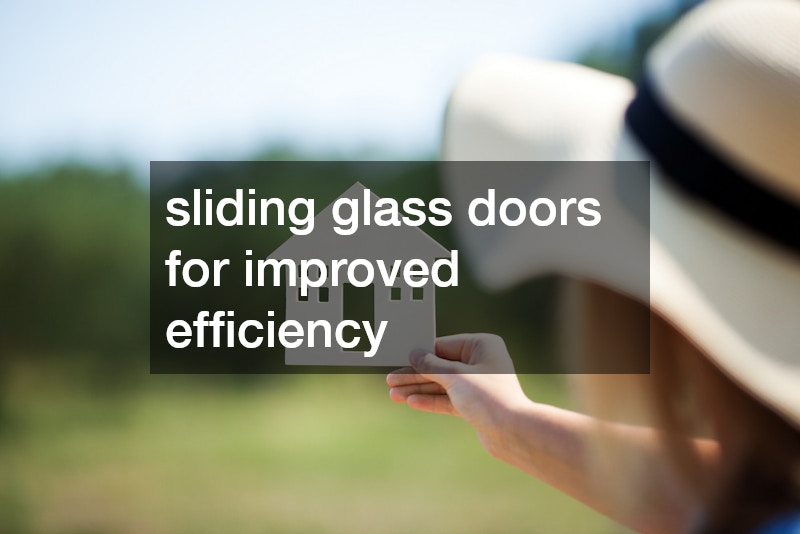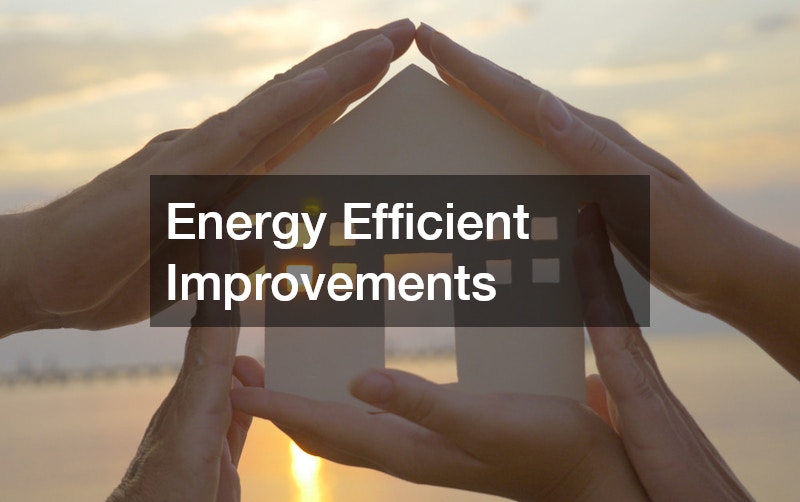
Updated 9/3/24
When building a new home, consider constructing a small passive house that will reduce heat loss and entry by 60 to 90%. Originally developed in the U.S. during the 1970s, Germany has honed the concept of passive cooling home plans. Building one of these homes doesn’t mean giving up skylights or sliding glass doors. Instead, these houses feature double and triple-pane windows, high-performance doors, and heat recovery ventilation, according to ProBuilder.
Energy efficiency construction methods vary, but passive home design typically creates an airtight home with no thermal bridge. You don’t have to give up square footage to use passive design, because this type of home can be any size. If, instead of how to build an energy-efficient house, you want to know how to transform an existing house into a passive design, that amounts to a lesson in energy-efficient improvements.

Every U.S. State offers programs that help homeowners update their homes to a more energy-efficient standard. Read on to explore California’s programs for clean energy and energy-efficient renovations.
 With the recent focus on environmental conservation, homeowners retrofitting their houses to be more energy efficient are not just benefiting from lower utility bills, but also from the return on investment, according to the Press Enterprise.
With the recent focus on environmental conservation, homeowners retrofitting their houses to be more energy efficient are not just benefiting from lower utility bills, but also from the return on investment, according to the Press Enterprise.
California has, in particular, seen these benefits since the introduction of Property Assessed Clean Energy (PACE) financing, which helps homeowners pay for energy efficient improvements.
PACE financing, such as the Home Energy Renovation Opportunity (HERO) program, is designed to allow homeowners to pay for water and energy-saving projects, such as replacement windows and renovations to reduce harmful emissions. After a resell, the new owners would then take over the remaining balance, but also experience the improvement benefits.
Since 2011, the HERO program has financed over $1 billion in projects throughout California.
A recent study of HERO homes sold since 2011 by leading national housing economist Laurie Goodman and co-author JunZhu, found that energy efficient PACE improvements increase a home’s value enough to cover 100% of the alterations.
The study showed that the recovery rate of energy efficient homes exceeded the rate of traditional home improvements, including kitchen and bathroom remodels, at an average of 58% to 66%.

“Illinois has enacted PACE-enabling legislation and there is a PACE program in development in Chicago. It’s a great program for any state, it creates jobs, promotes economic development, and protects the environment. Homeowners will only gain from PACE,” said Peter Kiwior, owner of Pro-Home Services, a program that helps pay for new heating and cooling systems, replacement windows, solar panels, insulation, and more.
But homeowners are not the only ones feeling the financial benefits of energy efficient improvements. Bloomberg Business reports that the desire to retrofit old and drafty homes has turned these services into a $20 billion U.S. industry.
California is now poised to cut building energy use in half by 2030. Buildings account for up to 39% of carbon dioxide emissions, which the U.S. Green Building Council says exceeds both transportation and industrial uses.
The majority of the market focus has been on constructing new energy efficient homes. However, Cliff Majersik, executive director of the Institute for Market Transformation, a Washington nonprofit that promotes more efficient buildings, said, “If you really want to move the needle on climate change, you can’t ignore the 99 percent of buildings that are already there.”
Even though both California and New York have now taken the lead in encouraging energy efficient home improvements through rebates and tax breaks, California was the first to implement efficiency standards all the way back in 1978. Since then, the state has lowered electricity bills by $74 billion.
As the United States redoubles its efforts in reducing greenhouse gases, California’s benefits are expected to replicate nationwide.


